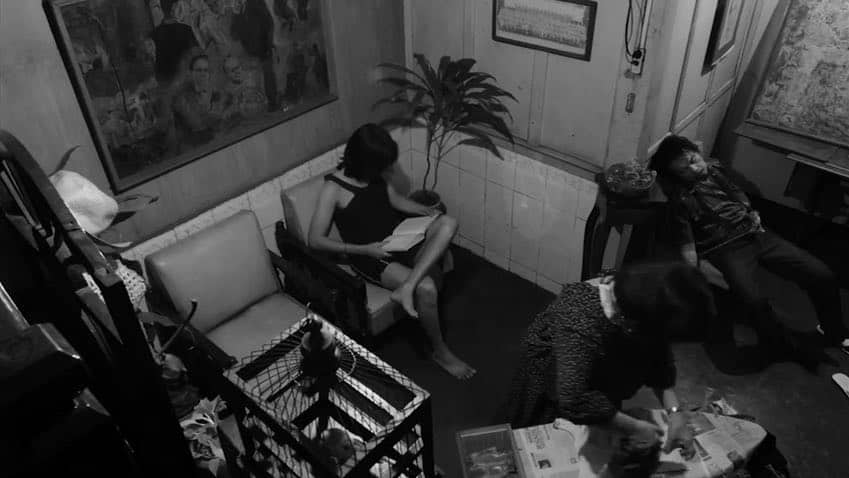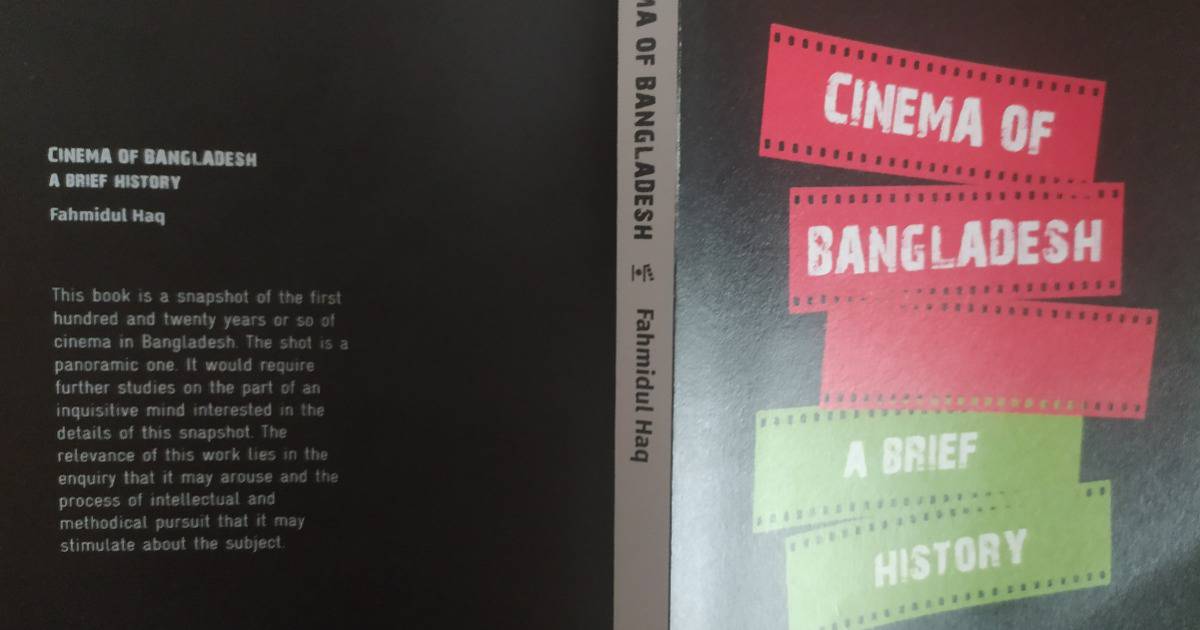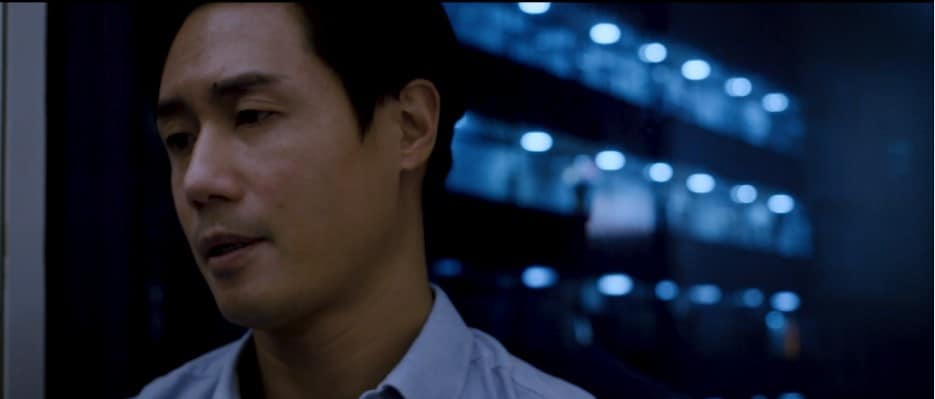Despite his rather extreme approach, Khavn's majority of feature films are both political and socially conscious. “Desaparadiso”, which premiered in the 44th edition of Rotterdam, does not stray away from this rule, since it deals with the dark period of the Marcos regime in the Philippines (1972-1986) and particularly the many disappearances of citizens that took place during his time, some of which ended up in prison getting tortured, while many others were never found.
The film is split in three parts, with the last two following (somewhat) the “Ibong Adarna“, the 16th-century Filipino epic poem. The first part presents footage from the period and the events that took place under piano music. After a bit, the music changes to reggae, and the footage to that of scenes of movies from the era, with the combination highlighting the circumstances of the era quite clearly.
The second part, which is in black-and-white, focuses on a family that includes a handicapped father, a mother, and three brothers. This part is split in three acts, each one dealing with one brother, or rather, his absence. The older one leaves the house first and is nowhere to be found, then the second goes searching for him, and then the third, while, in the meantime, the mother is fussing about the disappearances, talking on the phone and trying to find out what happened. This part is shot in black-and-white and the only sound is a constant white noise. Khavn also uses a rather interesting technique to highlight the absence of the sons, presenting quite lengthy scenes without any kind of movement, focusing on an empty bed for the first son and an empty toilette for the second. The mother and the father highlight the situation the ones left behind faced.

The visual style, courtesy of DP Albert Banzon, follows home-video aesthetics, in another approach that adds to the experimental nature of the film, while the sound induces the part with a rather palpable tension that does create a kind of angst on the viewer, despite the fact that nothing in particular occurs on screen and there is no kind of dialogue.
The third part changes styles and aesthetics even more, since it is shot in the jungle (actually the Makiling Botanical Garden in Los Banos), with the third son searching for his two brothers dressed in an attire that reminds of both superman and a young prince, with the part unfolding much like a road movie/odyssey. The various meetings, including dead men, a dwarf and a number of surrealistic episodes also move towards this direction, while the trademark “interruptions” of Khavn this time feature Raye Lucero, a very famous singer from the 50s to the 70s who recorded around 50 albums, and the last active original member of the famous vocal groups The Mabuhay Singers and Tres Rosas, singing in the woods. This segment is filled with color, and is the one that presents the aftermath of Marcos's practices, if in an extreme, surrealistic and almost fairy tale manner. The labyrinthine and bucolic setting also benefits the most by Banzon's cinematography once more, who highlights the extreme metaphors with artistry. Jon Lazam's editing is a bit “tamer” than usual, since the pace, particularly in the second segment is much slower, although the chaos appears again in the third part, even in the editing. Also of interest in this part are the rather colorful, tribal-like costumes, courtesy of Achinette Villamor, who add much to the overall aesthetics and style of the film.

The acting is also quite unusual, with Khavn demanding of his actors, and particularly Chris Pasturan in the last segment, to mostly react to the rest of the characters and the unlikely incidents that take place. However, Pasturan manages to express the agony of the nation about what was happening at the time quite eloquently, even in this surrealistic setting.
“Desaparadiso” is as chaotic, surrealistic, and absurd as the rest of Khavn's films. However, once more, the Filipino director manages to make sense from the cinematic chaos and to present an eloquent as much as pointy political metaphor.















